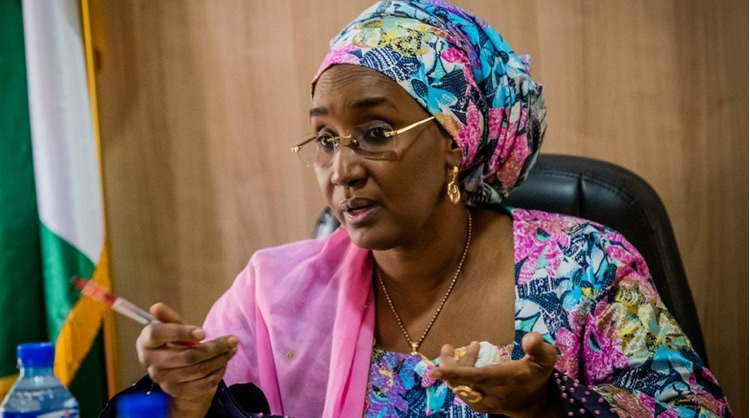
The 2022 floods in various parts of Nigeria led to an estimated economic loss of $9.12bn (N4.2tn as at Friday’s official exchange rate of N460.78/$), the Federal Government (FG) announced on Friday.
It said this was revealed after a post-disaster assessment on the 2022 flooding, as the report on this was released in Abuja by the Federal Ministry of Humanitarian Affairs, Disaster Management and Social Development.
Read Also: INEC To Conduct Mock Accreditation For Registered Voters On February 4
Presenting the report, the humanitarian minister, Sadiya Farouq, said the objective of the Global Rapid Damage Estimation Note, developed by the World Bank’s Disaster-Resilience Analytics and Solutions team, was to assess the economic impact of the June – November 2022 floods across the country.
She said the GRADE assessment gave an overview of the nature of the flood disaster and its impact across Nigeria as well as sectoral and state-by-state effects critical for planning.
On some of the key findings of the flood assessment, the report stated that all the 36 states and the Federal Capital Territory were affected by the 2022 flood in Nigeria with varying degrees of damages and people affected.
It read in part;
This analysis estimates that the total direct economic damages, based on currently reported statistics as of November 25, 2022, are in the range of $3.79bn to $9.12bn, with the best (median) estimate at $6.68bn.
This includes damages to residential and non-residential buildings (including building contents), as well as damages to infrastructure, productive sectors and to cropland.
Farouq explained that the number of persons affected rose above 4.9 million as of November 25, 2022, with significant damage to infrastructure, including roads, irrigation and river, as well as electricity projects, with around $1.23bn ($0.959 – $1.724bn) in damage expected.
Farouq further explained that the GRADE Note was a fast first-order approximation of the economic impact, and provided a rapid high-level estimate of damages used to inform ongoing decisions in a timely fashion.
The minister stated;
It was developed using the empirical data defined in this document, calibrated against historical data and experience, including the 2012 Nigeria Floods (Post-Disaster Needs Assessment). The period of analysis is from June 2022 to November, 25, 2022.
She called on the National Commission for Refugees, Migrants and Internally Displaced Persons to utilise the GRADE assessment to plan the recovery and rehabilitation of victims of the flood.
The Permanent Secretary of the ministry, Nasir Sani-Gwarzo, said the ministry and the National Emergency Management Agency jointly sought a preliminary and quantitative spatial damage assessment, which was considered to be faster than a traditional Post Disaster Needs Assessment and fairly accurate, with technical support from the World Bank Group.
He said;
The GRADE approach was with the collaboration of many stakeholders including NIMET, NARSDA, NIHSA, NSCDC, and the GRADE assessment was conducted between November 14 to 28, 2022, after the flood water had receded in most parts in the country from June to November 2022.
The World Bank delivered the Grade report on time in November 2022 and the ministry through NEMA has started implementing some of the findings of the report.
